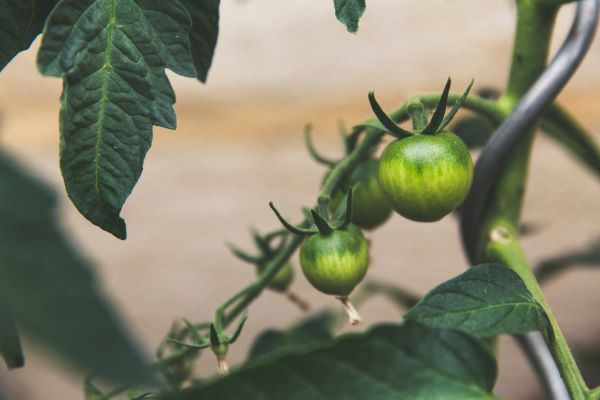In the past, crop diseases have destroyed African plants. Preventing outbreaks of these diseases is necessary to sustain communities. Crop infections are highly preventable when farmers anticipate them and plan ahead.
How Crop Disease Happens
Crops become diseased because genetics or environmental factors make them weak and susceptible to infection. Various plant-based illnesses can then spread quickly and affect the entire field. For example, a disease called Maize lethal necrosis has spread rapidly and caused total crop failure in Africa.
When plants don’t get enough water, they grow weak and stressed. Their disease resistance then drastically decreases. A crop’s immune system is also suppressed when they receive too much heat. Insects, mold, bacteria, fungi and genetic factors can cause disease as well.
African fields struggle with drought and heat often. Since drought and heat lead to disease separately, the combination is fatal for most crops.
How Disease Affects Crops
When infected, crops face stagnant growth, less food yield and death. Some illnesses do not affect the plant itself and instead limit food production. Outbreaks of infections can cause low numbers of produce, creating food scarcity in communities. This outcome is because disease quickly spreads once it begins and can kill entire fields.
A genetic disease might be invisible, but many are visible. Diseased plants might be covered in spots, patches, bumps, or rot that varies in color, size and shape. While a farmer might not know the specific disease their plant is infected with, it will be evident that there is something wrong.
How to Prevent Disease
Agriculture workers can prevent crop disease if they anticipate it. Taking precautions against drought and excess heat will help plants fight infection, so farmers should monitor their fields and react accordingly to what they notice changes. To best avoid disease outbreaks, they should change the way they plant their crops and deal with any infection. Better farming practices improve crop immune systems.
1. Postharvest Monitoring
Farmers should constantly keep a close eye on their crops. Disease impacts crops postharvest in the form of mold or fungus, but properly storing plants after harvest increases the chance they’ll stay healthy.
2. Crop Rotation
Rotating crops is a standard and trusted method to increase yield and strengthen plants. Different plants take different nutrients from the soil, so moving them around ensures nutrient replenishment. The ones that have enough nutrients easily fight off disease.
3. Selective Breeding
The agricultural industry has bred some crops to resist disease. Disease-resistant seeds are better prepared for fighting infection. Seeds from crops that have survived infection may also handle sickness better than others. The agriculture industry in Africa should focus on creating selectively-bred crops.
4. Water Management
Rainfall can carry and spread disease to crops, so farmers need alternatives. Systems that can store water and automatically water plants will help prevent illnesses and keep them from spreading. Fields should sit next to water sources. Individual farmers can dig ditches, use raised beds or line their crops with porous materials to prevent water loss.
5. Disease Removal
Crop disease can be hard to catch because it’s not always visible immediately. Farmers should familiarize themselves with their crops’ disease signs and watch for changes. If agriculture workers anticipate sickness and remove sick plants immediately, their other crops have a better chance of survival.
Effort Makes Disease Preventable
With the right choices, crop disease is preventable. Since drought and heat are known to impact crops negatively, farmers can protect against both to increase the chance their plants will fight off infection. Africa can mitigate crop disease if fields are monitored and maintained.









